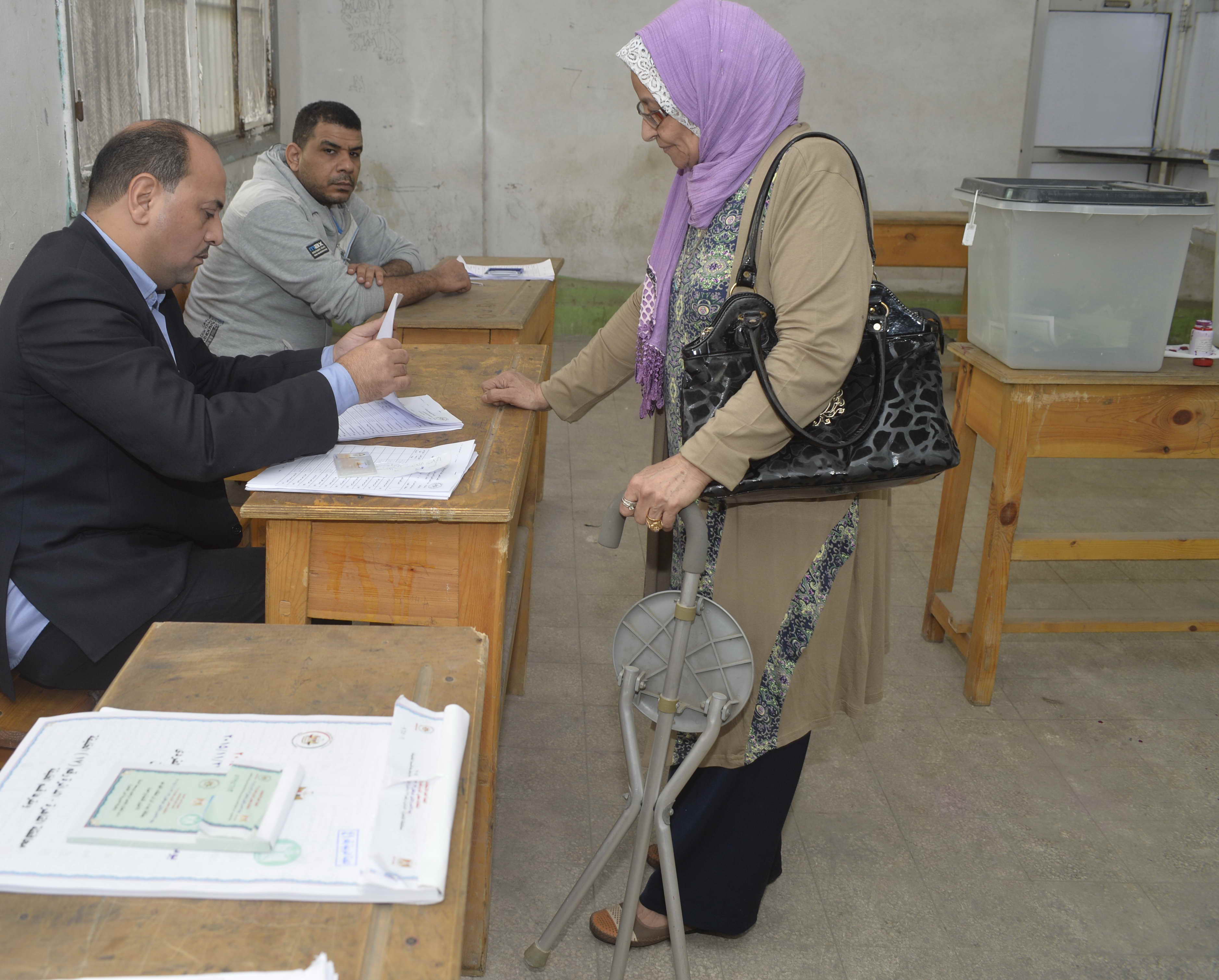Egypt’s Prime Minister Mostafa Madbouly witnessed, on Monday, the start of local production of a novel coronavirus (COVID-19) vaccine at a factory belonging to the Holding Company for Biological Products and Vaccines (VACSERA).
The factory, located in the Agouza district of Cairo, will produce the vaccine that will be distributed under the name of VACSERA-Sinovac in Egypt.
The Prime Minister was accompanied by Minister of Health and Population Hala Zayed during the visit.
Speaking at a press conference, Madbouly said that Egypt has turned to the local manufacture of vaccines to ensure that it is not at the mercy of global production. He added that one million doses of the vaccine have already been produced, and that there are enough reserves of raw materials to produce 600,000 doses daily.
He pointed out that the factory has the capacity to produce 300,000 doses in a single shift, with VACSERA working to double the supply of raw materials.
Madbouly said that the contract with Sinovac was to produce 40 million doses until the end of the year, but were asked to double production to 80 million doses to secure the vaccination of 40 million citizens.
He said that the large global demand for vaccines has meant that some companies Egypt initially contracted with to supply the COVID-19 vaccine saw delays. As a result, there were presidential directives for the local manufacture of the vaccine, instead.
Meanwhile, Zayed presented the latest developments in the manufacture of the vaccines, noting that the production of 1 million doses has begun. A range of tests, including comparison tests Egyptian Drug Authority (EDA) tests, are being conducted, after which the steps of expanded production will be taken.
She highlighted that the World Health Organization (WHO) held a meeting to discuss launching a manufacturing complex in each of its regions. It reviewed the position on vaccines in the Eastern Mediterranean region, and provided guidance to work on a number of points as selection criteria for the manufacture of the vaccine.





